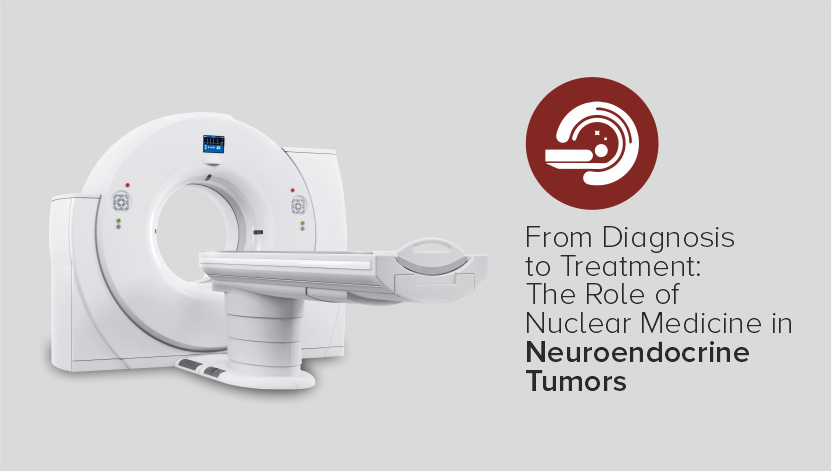Neuroendocrine tumors are like covert operatives in the human body, hiding quietly yet impacting crucial functions. These enigmatic tumors can develop anywhere in the neuroendocrine system, making their detection and treatment a unique challenge. This is where nuclear medicine steps in, offering innovative solutions and hope. At the forefront of these advancements are the skilled consultants and doctors at the American Oncology Institute (AOI), who utilize the cutting-edge applications of nuclear medicine to diagnose and treat neuroendocrine tumors effectively. One important technique for diagnosing and treating neuroendocrine tumours (NETs) is nuclear medicine. It detects and treats NETs using radioactive medications and other methods.
